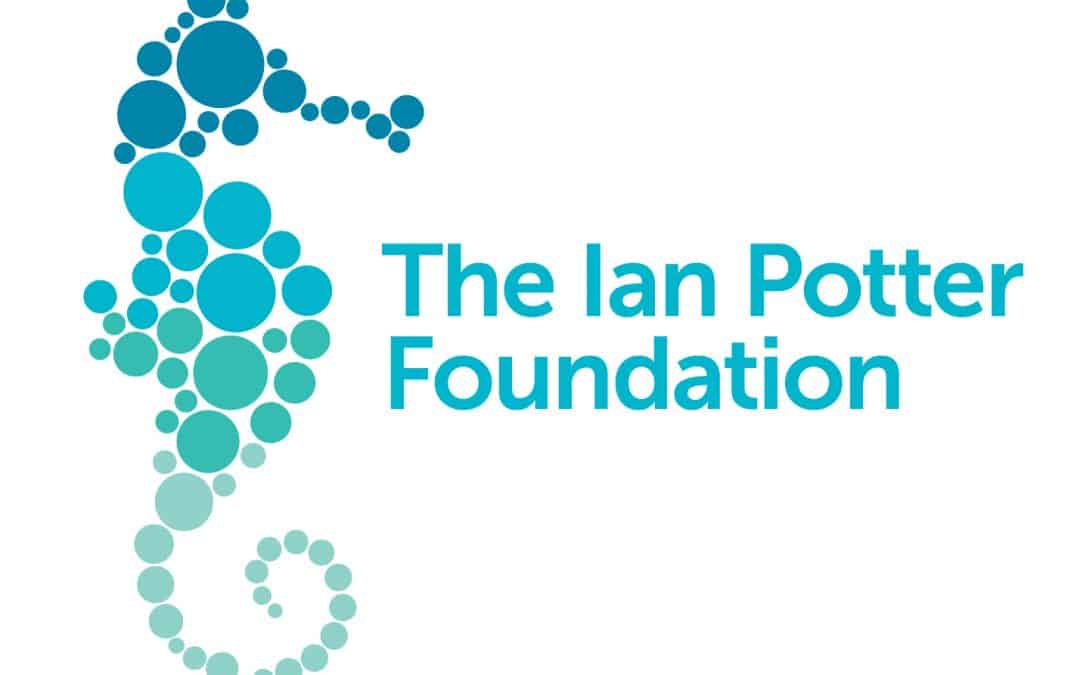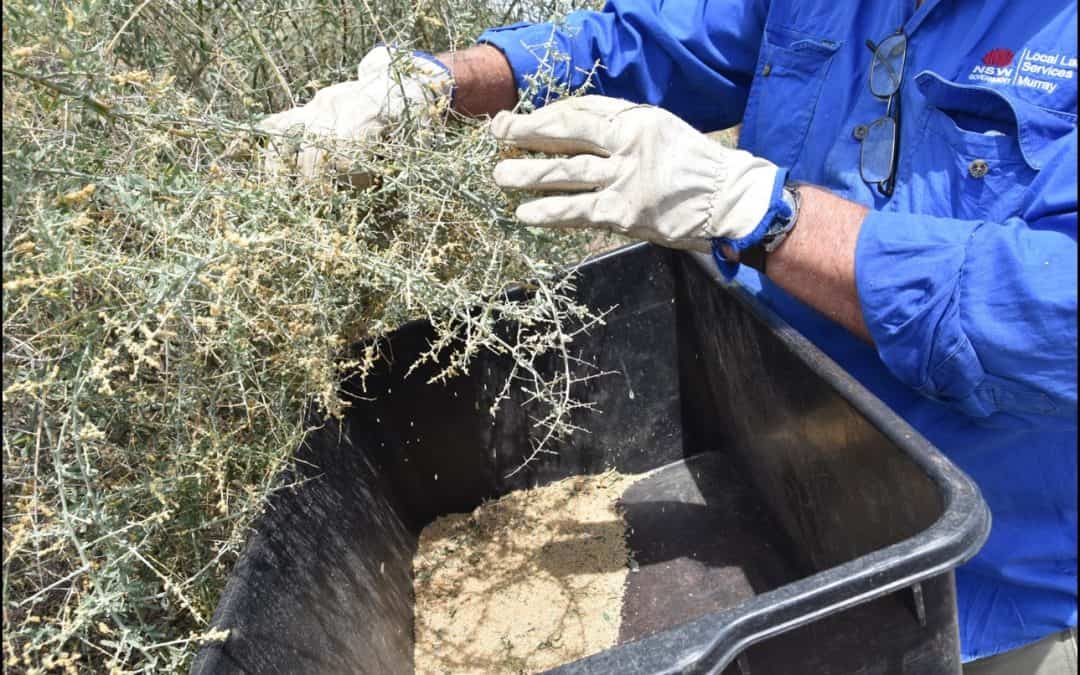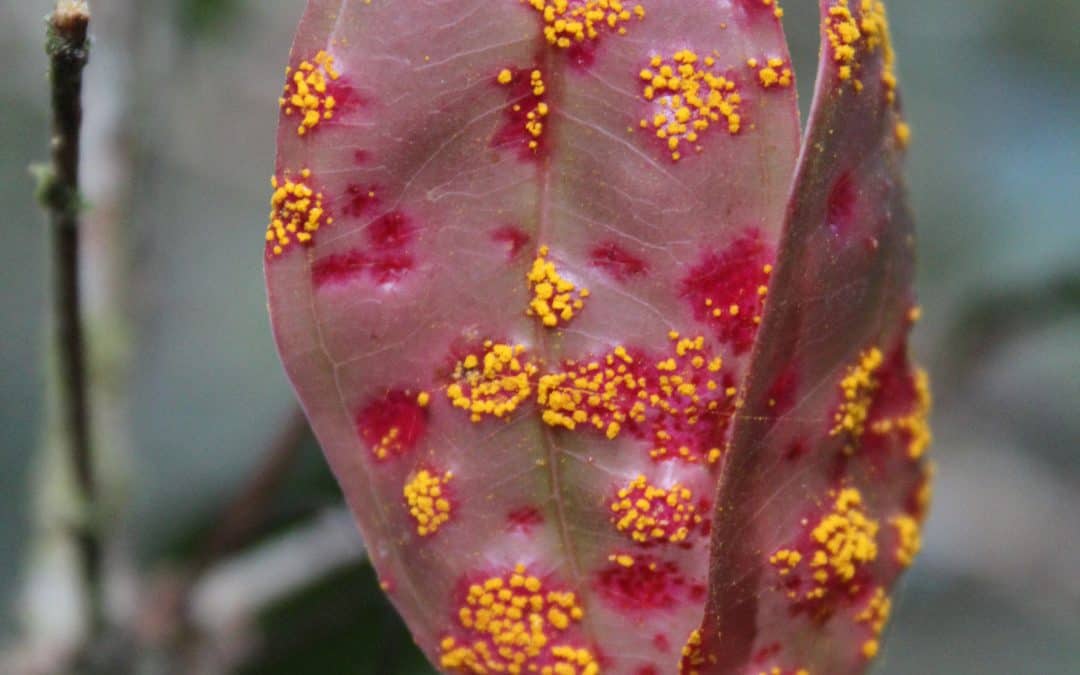
Jan 13, 2020 | News
The ANPC is extremely excited to announce that we have received an Environment and Conservation grant from The Ian Potter Foundation to review and update the ANPC’s Germplasm Guidelines. Called ‘Conserving our national plant treasures: guidelines for collecting, storing and growing Australian plants for restoration’, this project will fund the comprehensive update of one of our flagship publications. The Germplasm Guidelines are the definitive Australian standard for native seed and regenerative plant material collection, storage and use, last being published in 2009. Since that time, seed biology research has progressed significantly and to ensure that the latest information is passed onto practitioners and land managers, we will bring together leading experts in seed biology research and practice from across Australia to review and rewrite the Guidelines. The project will incorporate updated scientific knowledge to ensure Australia’s seed sector maintains the necessary skills and knowledge required. Read more.

Jan 13, 2020 | News
The Healthy Seeds Consortium of partners from across the native seed and ecological restoration sectors has been established between the ANPC and the Centre for Australian National Biodiversity Research, Royal Botanic Gardens Sydney, Department of Planning, Industry and Environment, Australian Seed Bank Partnership, Greening Australia, Australian Association of Bush Regenerators and the Society Ecological Restoration Australasia, to oversee the project and has held its first meeting. Martin Driver and Lucy Commander commenced in September as the Healthy Seeds Project Manager and Florabank Guidelines Project Manager respectively, and have hit the ground running. And Murray Local Land Services is about to start the audit and investigation into past and present Seed Production Areas (SPAs) in NSW. SPAs are seen as central to overcoming shortfalls in high quality native seed for ecological restoration, and for improving seed supply reliability, reducing pressure on wild populations, and for improving genetic provenance and diversity to ensure the long-term health and resilience of restored ecosystems. Read more.

Jan 13, 2020 | News
While cane toads creep across northern Australia and down the eastern coastline, a far more insidious invasive species is ravaging our native trees. Scientists warn rapid extinctions of some of our most well-known tree species are on the cards if myrtle rust, an invasive, disease-causing fungus, is not rapidly brought under control. Myrtle rust, or Austropuccinia psidii, has caused extensive dieback of trees including lilly pillies, paperbarks, box brush and tea trees. The areas most affected are wet forest environments, such as coastal heath, paperbark wetlands and rainforests, along the east coast of Australia, said Bob Makinson, a conservation botanist with the Australian Network of Plant Conservation. “We know that at least four species are in what can only be termed catastrophic decline,” Mr Makinson said. “The critical endangered status that’s been afforded to three of those species in New South Wales means that they are in danger of extinction in the near future. Read more.



